The Omaha
Event Report:
Rhine Cruise. Excursion to the Confrérie Saint-Etienne Upcoming Events.

Event Report:
Rhine Cruise. Excursion to the Confrérie Saint-Etienne Upcoming Events.
Steve Hipple was awarded the André Simone Gold Medal during the Rhine River Cruise. This is the highest medal the IWFS awards. You must be on the Board of one of the three zones, which in Steve’s case is the Americas, Inc. It is only granted to individuals who have given many years of service, or who have been the Chairperson of the zone. Congratulations, Steve. You earned this one.
From the IWFS Rhine Cruise, we learned this new development in German market and wine law. Why is there now a trend towards dryer German wines? First, there is market demand for dryer wines. Second, with global warming winemakers can ferment to dryness now. In the 1970’s, the climate was cooler, and the grapes had to hang late in the season to be fully ripe. Finally, there is better education available for winemakers to make different styles. Before, it was mostly tradition guiding the winemaking process.
The first German classification was in 1930. But most of us grew up with the 1971 German Prädikat classification system that attempted to define quality by sweetness level. Quality wines were divided into categories depending on how much sugar a wine had. In ascending order of sweetness, wines were Kabinett, Spätlese, Auslese, Beerenauslese and Trockenbeerenauslese. The Prädikat system, however, did not account for climate change. The new 2022 system uses the Burgundian system of terroir instead of sugar. Known as the VDP (Verband Deutscher Prädikatsweingüter), the top 200 or so estates in Germany have first been invited and then voluntarily joined the VDP and are using their new quality hierarchy. Quality levels are now ascending from Region (Gutswein), Village (Ortswein), Premier Cru (Erste Lage) and Grand Cru (GL meaning Grosse Lage) or GG (meaning Grosses Gewachs) You will now see these identifiers on bottles of wine if the estate belongs to VDP. In summary, German wines are getting dryer than they used to be. Cheers!
Tom Murnan
Certainly, Columbus was the world’s most remarkable salesman. He started out not knowing where he was going. When he got there, he didn’t know where he was. And when he got back, he didn’t know where he had been. And he did it all on a big cash advance, and he got a repeat order.
Best of the Cockle Bur compiled & edited by Harry B. Otis, 3rd President 1973-1974


Our first day trip after anchoring at Breisach, Germany was to cross the bridge over the Rhine and go west towards Colmar, France, Alsace’s 2nd largest city. We headed to the town of Kientzheim, where our contact, David Ling, had arranged a visit to the Confraternity of St. Stephen to view their castle and see their wine library of 65,000 bottles of Alsatian wine. The Confrérie is one of the oldest in France, founded in the Middle Ages, while its current statutes date from 1561. Mostly but not exclusively vignerons and wine trade individuals, they contribute wine to the cellar after being judged blind by a large segment of their peers. If approved, the wine gets a red Sigille, or seal, and twelve bottles are placed in the cellar. Six bottles can be used for educational tastings, but six bottles remain as a living memory of Alsace wines. The cellar got its start in 1947, then it inherited the Méquillet Collection. In 1939, just before World War II began, the Méquillet family walled up 600 bottles of their family estate’s wine to hide them from a possible Nazi invasion. The wine was forgotten until 1960. Only 200 were still usable, but the age spanned 1834 to 1937. Only three bottles of the 1834 remain.
We sat in rows near the celebrated cellar and were addressed by three individuals in full Confrérie regalia: red cloaks, black tricorn hats and white gloves. It is surmised that the regalia hails from church wardens circa 1500. Etienne-Arnaud Dopff, Grand Master 2024, Erwin Moser (Grand Master in 2003) and David Ling (Grand Master in 2016) all addressed our group. David Ling, who helped set our Alsatian agenda, gave a wonderful, concise history of Alsace wine. Alsatian history can be very convoluted because of the various times Germany or France controlled it, but it is essential for understanding the cultural and winemaking traditions. They consider themselves not German or French, but Alsatian. We also learned to sing a little ditty, which in English goes like this: “Sing a bit, Sip a bit, tra la la la la.” We ended by dividing in thirds and viewing the cellar. Before we left, the photographers Wayne Markus and I got a group photo of most of the cruise-goers. We would see David Ling again that evening as he hosted our Alsatian dinner on board the AmaMora, our riverboat, for a week.
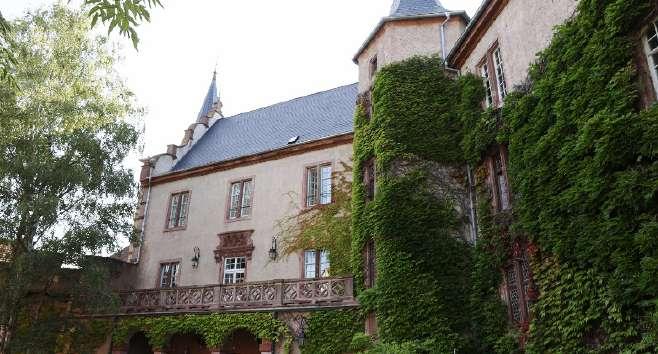


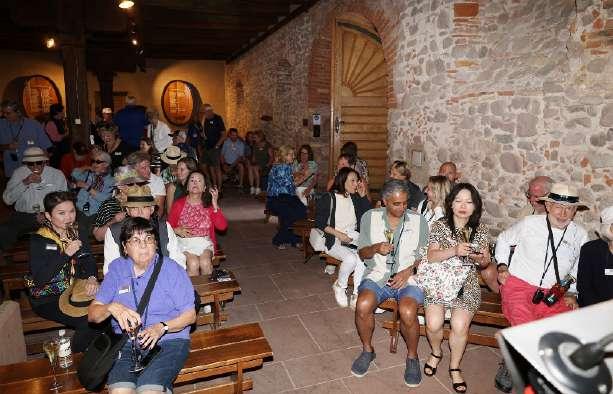

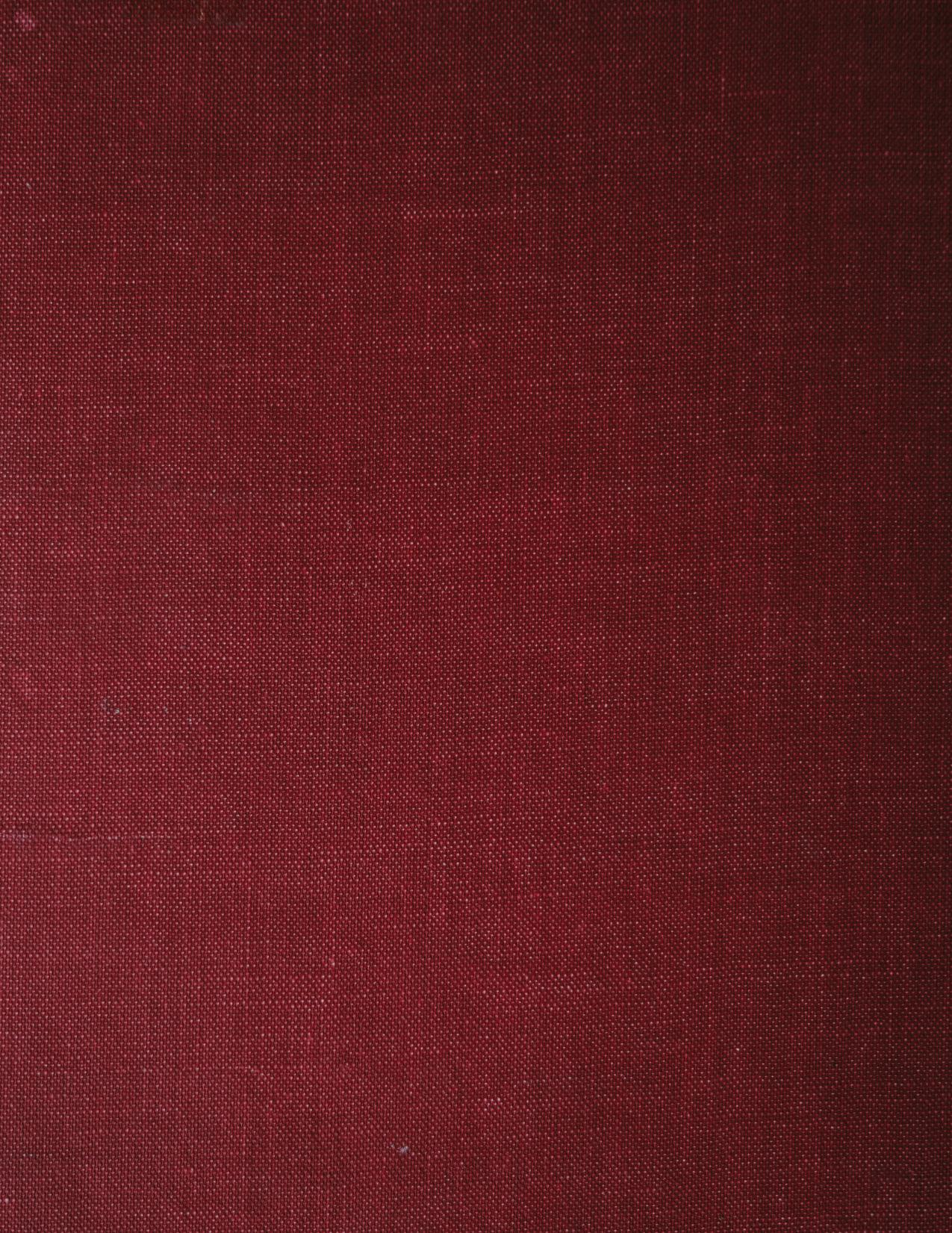
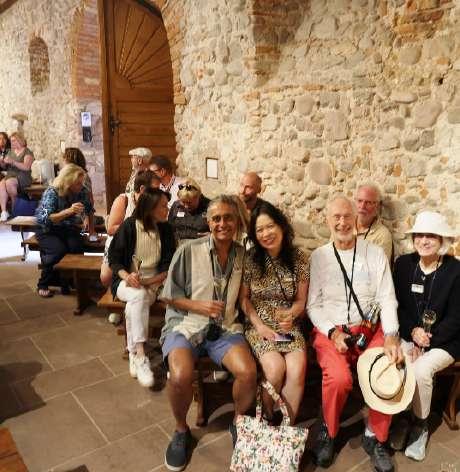

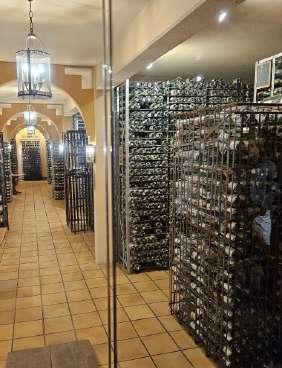
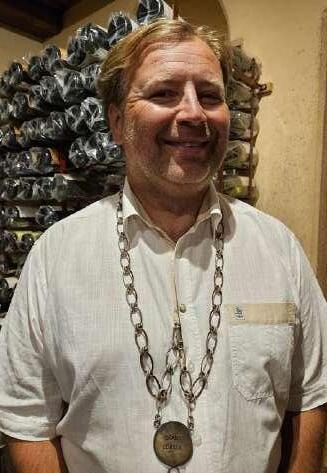

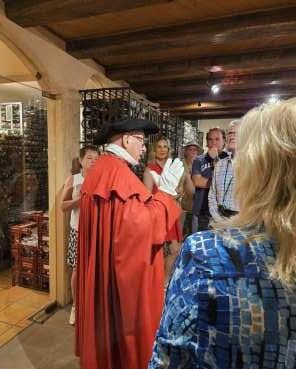


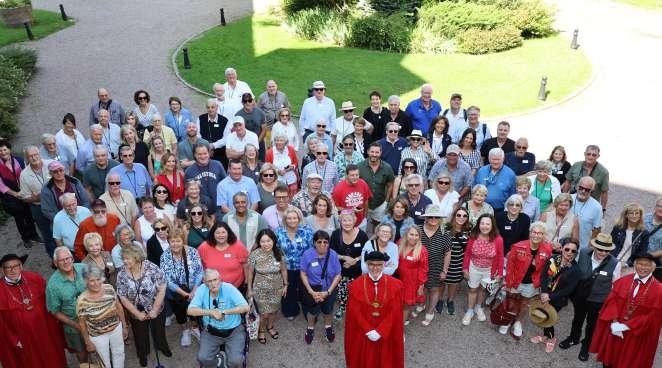
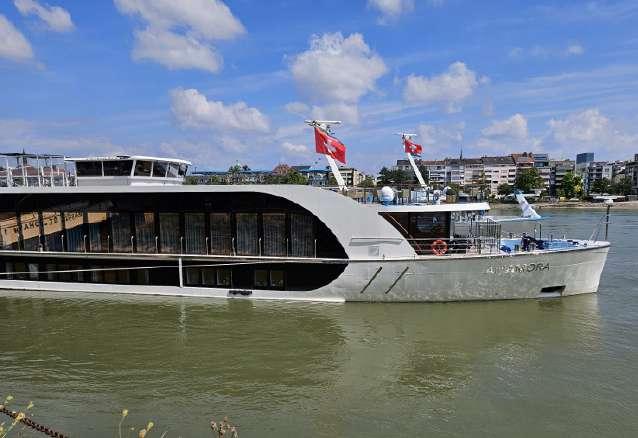


17 STAG
NOV 09
V. Mertz
Producer: Tad Singer
Lost Rail Golf Club, Gretna, NE
Producer: Dave Thrasher
15
Joint event with the Omaha Metro Branch
Holiday Event
Event Producers: Goldsteins & Wilkes